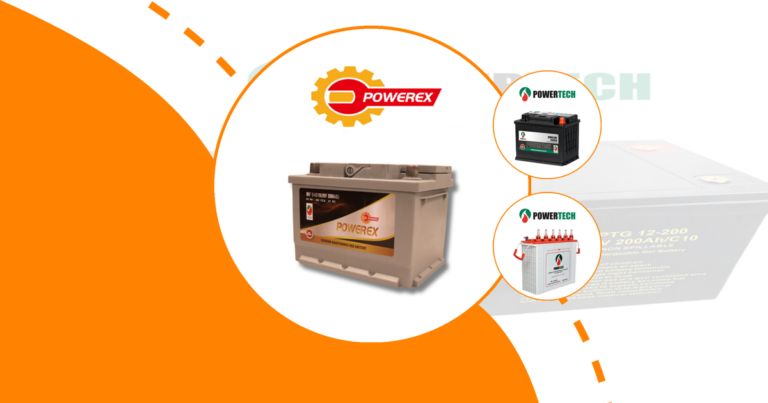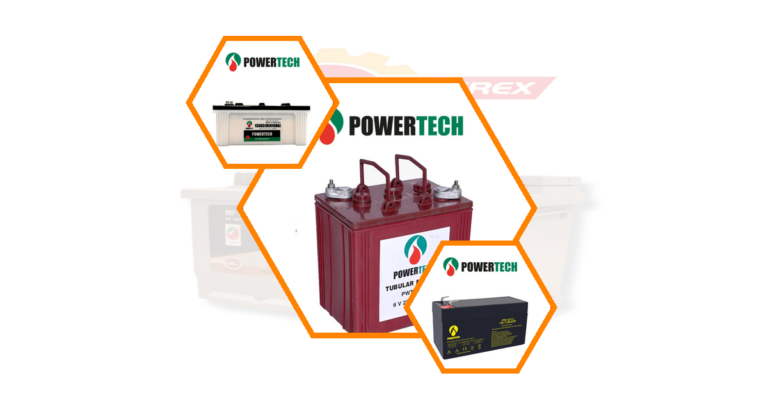What Car Battery Size Do I Need?
Choosing the right car battery size is crucial for the optimal performance of your vehicle. The car battery is the heart of your vehicle’s electrical system, providing the necessary power to start the engine and run electrical components. Understanding what car battery size you need can save you from potential headaches and ensure your car runs smoothly.
Definition of Car Battery Size
Car battery size refers to the physical dimensions, terminal locations, and type of the battery. It is essential to match the battery size with your vehicle’s requirements to ensure proper fit and function. The size is usually indicated by a group number, which is standardized by the Battery Council International (BCI).
Importance of Choosing the Right Battery Size
Selecting the correct battery size is vital for several reasons. A battery that is too small may not provide enough power, while one that is too large might not fit properly in the battery tray. Using the wrong size can lead to poor performance and even damage to your vehicle’s electrical system.
- Ensures proper fit in the battery compartment
- Provides adequate power for starting and running the vehicle
- Prevents potential damage to the vehicle’s electrical system
Different Car Battery Group Sizes
Standard Top Post Batteries
Standard top post batteries are the most common type, featuring terminals on the top of the battery. These are typically used in a wide range of vehicles and are known for their reliability and ease of installation.
Side-Post Batteries
Side-post batteries have terminals located on the side of the battery. They are often used in General Motors vehicles and provide a secure connection that reduces the risk of corrosion.
Recessed Top Post Batteries
Recessed top post batteries have terminals that are slightly recessed into the battery case. This design helps protect the terminals from damage and is often used in vehicles with limited space.
- Common in various vehicle models
- Offers protection for battery terminals
- Suitable for vehicles with space constraints
Car Battery Types and Their Sizes
Wet Cell Batteries
Wet cell batteries, also known as flooded batteries, contain liquid electrolytes. They are the most traditional type of car battery and are known for their affordability and reliability.
VRLA Batteries
Valve Regulated Lead Acid (VRLA) batteries are sealed and do not require regular maintenance. They are available in two types: Absorbent Glass Mat (AGM) and Gel batteries, both offering superior performance and longevity.
- Maintenance-free design
- Longer lifespan compared to wet cell batteries
- Suitable for modern vehicles with high electrical demands
How to Determine Your Car Battery Size
Checking Your Vehicle Manual
Your vehicle manual is the most reliable source for determining the correct battery size. It provides specific information about the recommended battery group size and specifications.
Using Online Battery Finders
Online battery finders are convenient tools that help you identify the right battery size based on your vehicle’s make, model, and year. These tools are available on many automotive websites, including AM Autoparts.
Measuring Your Current Battery
If you don’t have access to your vehicle manual or online tools, you can measure your current battery. Note the dimensions, terminal type, and group size printed on the battery label.
- Consult your vehicle manual for accurate information
- Use online tools for quick and easy identification
- Measure your existing battery for a direct comparison
Common Car Battery Sizes and Their Applications
Group 24 and 24F Batteries
Group 24 and 24F batteries are commonly used in larger vehicles, such as SUVs and trucks. They provide ample power for starting and running multiple electrical components.
Group 34 and 78 Batteries
Group 34 and 78 batteries are versatile and used in a variety of vehicles. They offer a balance of power and size, making them suitable for many applications.
Group 35 Batteries
Group 35 batteries are compact and often used in smaller vehicles. They provide sufficient power for starting and basic electrical needs.
- Suitable for larger vehicles like SUVs and trucks
- Versatile options for various vehicle types
- Compact size for smaller vehicles
What factors affect car battery size?
Vehicle Make and Model
The make and model of your vehicle significantly influence the required battery size. Different vehicles have varying electrical demands and battery compartment sizes.
Engine Size
Larger engines typically require more power to start, necessitating a larger battery. The engine size is a crucial factor in determining the appropriate battery group size.
Climate Conditions
Climate conditions can affect battery performance. In colder climates, a battery with higher Cold Cranking Amps (CCA) is necessary to ensure reliable starting in low temperatures.
Understanding Car Battery Specifications
Cold Cranking Amps (CCA)
Cold Cranking Amps (CCA) measure a battery’s ability to start an engine in cold temperatures. A higher CCA rating indicates better performance in cold weather.
Reserve Capacity (RC)
Reserve Capacity (RC) indicates how long a battery can supply power without the engine running. It is an essential specification for vehicles with high electrical demands.
Amp Hours (AH)
Amp Hours (AH) measure the battery’s capacity to deliver a specific amount of current over time. A higher AH rating means the battery can provide power for a longer duration.
- CCA is crucial for cold weather performance
- RC is important for vehicles with high electrical demands
- AH indicates the battery’s overall capacity
Can I use a different size battery in my car?
Risks of Using the Wrong Battery Size
Using the wrong battery size can lead to several issues, including poor performance, electrical system damage, and even voiding your vehicle’s warranty. It’s essential to use the recommended battery size for your vehicle.
Exceptions and Alternatives
In some cases, using a different battery size may be acceptable if it meets the necessary specifications. However, it’s crucial to consult with a professional or refer to your vehicle manual before making any changes.
Maintaining Your Car Battery
Regular Testing and Inspection
Regular testing and inspection of your car battery can help identify potential issues before they become serious problems. It’s essential to check the battery’s charge level and inspect for any signs of damage or corrosion.
Proper Charging Practices
Proper charging practices are vital for maintaining your battery’s health. Avoid overcharging or undercharging, as both can reduce the battery’s lifespan and performance.
- Test and inspect your battery regularly
- Follow proper charging practices to extend battery life
- Address any signs of damage or corrosion promptly
How often should I replace my car battery?
Average Lifespan of Car Batteries
The average lifespan of a car battery is typically 3-5 years. However, this can vary based on factors such as usage, climate, and maintenance practices.
Signs It’s Time for a Replacement
Signs that it’s time to replace your car battery include slow engine cranking, dim headlights, and frequent need for jump-starts. If you notice any of these signs, it’s time to consider a replacement. Battery symptoms deteriorate when your device starts losing power faster than usual or doesn’t hold a charge as long as it used to Automotive power longevity refers to how long a car’s engine and battery can last Improving
Charge depleted battery A Battery voltage range The
Car battery recommendations Choose a battery that fits your car’s size and power needs and replace it every 3 to 5 years to keep your vehicle running smoothly BMS enhances longevity by helping our bodies work better and stay healthy for longer This system supports our cells and organs to function well as we age
Automotive power restoration challenges When a car’s battery dies or electrical system fails it can be tricky to get the power working again Mechanics need special tools and knowledge to fix these problems and get vehicles running
Environmental Considerations and Battery Recycling
Proper Disposal Methods
Proper disposal of car batteries is crucial for environmental protection. Batteries contain hazardous materials that can harm the environment if not disposed of correctly.
Benefits of Battery Recycling
Battery recycling helps conserve resources and reduce environmental impact. According to the U.S. Department of Energy, about 99% of lead-acid batteries are recycled in the United States, highlighting the importance of recycling efforts.
- Dispose of batteries properly to protect the environment
- Recycling conserves resources and reduces waste
- Participate in recycling programs to support sustainability
By understanding what car battery size you need and the factors that influence it, you can ensure your vehicle runs smoothly and efficiently. Remember to consult your vehicle manual, use online tools, and consider professional advice when selecting a battery. Regular maintenance and proper disposal practices will help extend your battery’s life and contribute to environmental sustainability.
FAQ’s
How do I determine the right car battery size for my vehicle?
Understanding the importance of your car’s specifications, consulting the owner’s manual, or checking the battery label.
What happens if I choose the wrong battery size?
Explaining potential issues like reduced performance, electrical system problems, or difficulty starting the car.
Are there different battery sizes for various climates?
Discuss how cold cranking amps (CCA) and reserve capacity are critical in extreme weather conditions.






